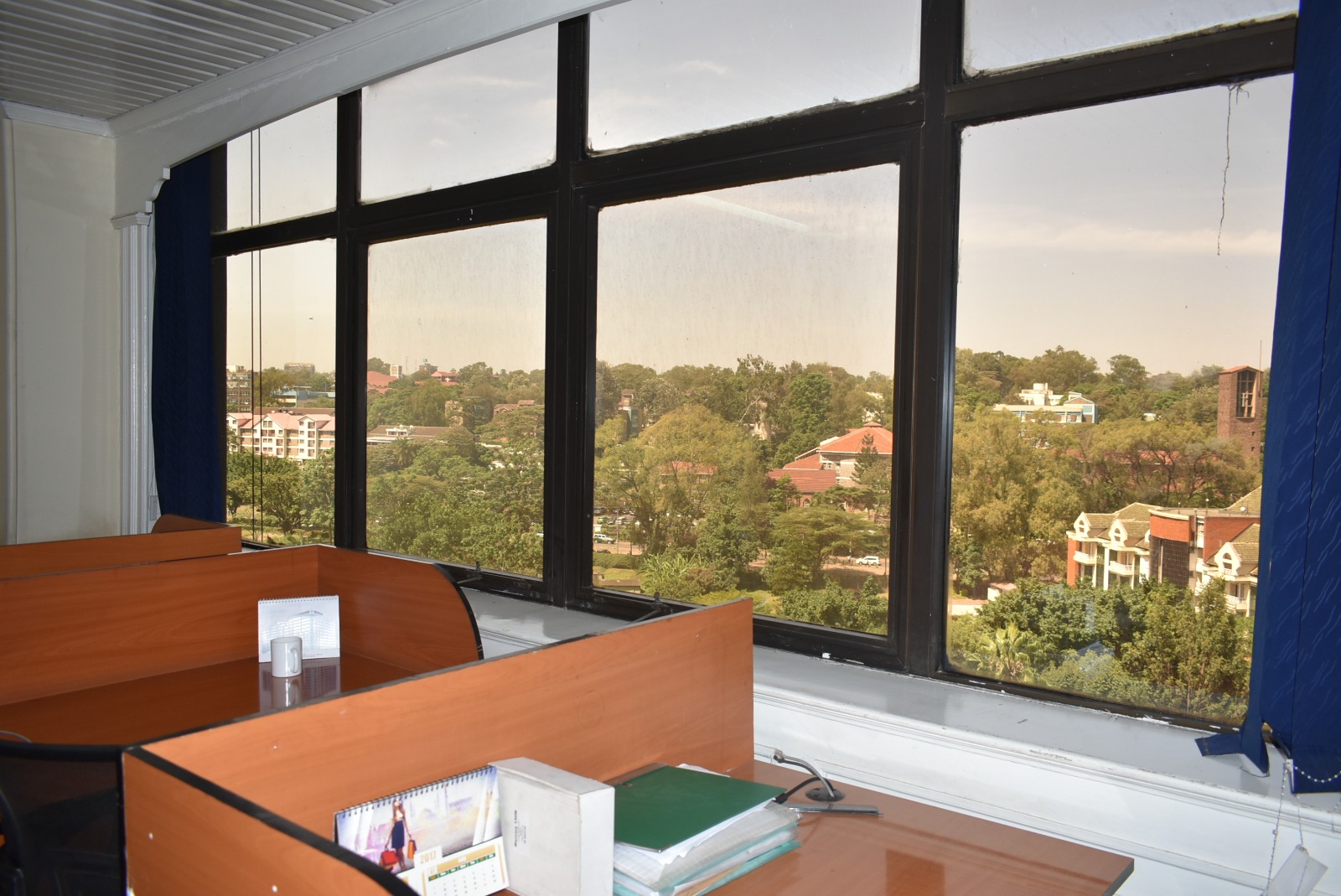Virtual businesses are becoming ordinary with globalization ,evolution of technology and work life balance. The telecommuting practice of working independently from the conventional in-field work environments in locations that are connected digitally to a principal office is slowly picking up in Kenya. However there are upsides and downsides and here are some of them.
Advantages
- Cost reduction –The long term lease agreements for commercial properties has conventionally been the most extravagant expense when it comes to business funds allocation. A virtual office can help your business save on these operating costs with basic virtual offices going for hourly sessions up to a month.
- Physical address – The virtual office package comes with a physical address which makes your business look more professional. It is possible to use your home address for business purposes ,it may negatively impact how potential clients perceive you. A professional physical address will make you more trustworthy as compared to the latter.
- Free customer service aid– In the virtual office package is also the free service of a receptionist in some office suites while others provide yo with office equipment like phone with a reliable number that your clients and prospectives can reach you.
- Flexibility –Virtual offices allow for flexibility in how the business runs when it comes to employees. Virtual offices will allow your employees to work from anywhere which is likely to raise their morale and productivity in the process.
Disadvantages.
- Tangible assets – With virtual offices although convenient when it comes to cost will impede you from acquiring tangible assets like office equipment and your own commercial property. Although most businesses have a long term goal of eventually acquiring property to set up their business, the comfort of a ready office will not encourage you to briskly acquire them even if the business is capable.
- Distractions – The main advantage of on-site jobs and employees is that there are less distractions as the businesses set up a conducive environment for them to work productively. Take for instance a working mum , the chances of having to work productively for hours on end without frequent detours is minimal when they are required to work onsite as opposed to working virtually.
- Company culture -The conventional office ,makes it a lot easier to create and reinforce a solid company culture. Virtual offices on the other hand make it challenging for remote employees to blend with the company’s culture. This is because they do not meet with each other and the new additions to the staff do not get the chance to foster long working relationships that in turn unites them to work towards one goal.
- Minimal Access – The 8-5 working culture is used by management to restrict office use which may extend in to weekends. What this means for you is that you may not be able to access the premises beyond certain times and also over the weekend.


